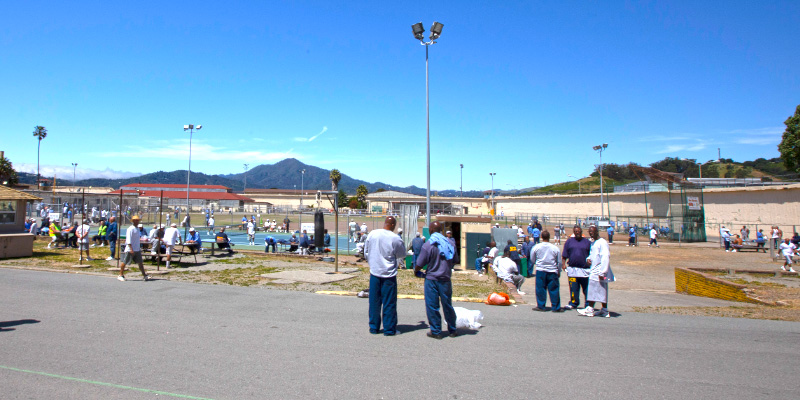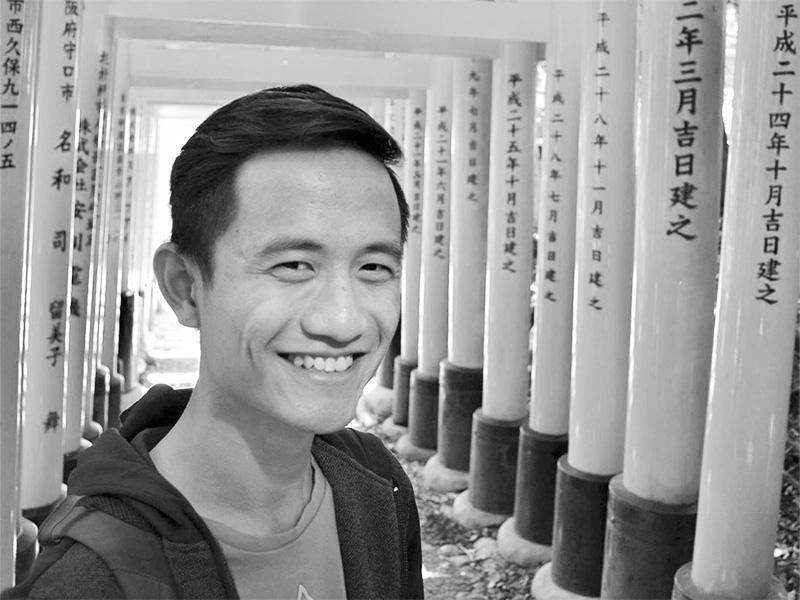There are many ways to measure the disaster that is America’s prison system: the sheer, monstrous size of the captive population, the wildly disproportionate confinement of Black and brown prisoners, the recidivism rate, the prevalence of sexual assault, suicide and mental illness rates.
But the metric that has haunted me in the decade since I helped start the nonprofit The Marshall Project and began paying attention to the role of prisons in America is this: Each year more than 600,000 individuals are released from state and federal prisons. Far too many of them emerge from custody brutalized, alienated, estranged from their families, stigmatized and lacking in basic education or employable skills. Unsurprisingly, about three-quarters of those released from state prisons nationwide are arrested again within five years. California has one of the worst records for repeat offenses.
That’s why Governor Gavin Newsom’s ambitious new plan for San Quentin State Prison in California deserves national attention.
The more than 500 residents of death row — currently spared lethal injection by California’s moratorium on executions — will be transferred to other state prisons, and their housing unit, along with a prison warehouse, will be repurposed for education, job training, substance abuse therapy and other programs designed to make them safe neighbors. The prison is to be renamed the San Quentin Rehabilitation Center.
Over the past decade or so, corrections officials from several states have made pilgrimages to Europe — Norway is a favorite destination — to study a different philosophy of corrections. Obviously the United States is not Norway, a relatively homogeneous, oil-rich welfare state with an incarceration rate about one-tenth of ours. San Quentin’s roughly 3,000 inhabitants broadly match the population of all of Norway’s prisons put together. In contrast to the way most Americans understand the point of prison, to punish, to incapacitate criminals and to deter would-be offenders, progressive Europeans see a temporary loss of freedom not only as punishment for violating society’s rules but also as an opportunity that should not be wasted. Prison officers are taught that their mission is to diagnose the factors that led to criminal behavior and equip offenders to be law-abiding members of society. Prisons are more like walled campuses than cages, inmates are expected to get themselves to jobs or classrooms on schedule, and prison staff are more like social workers than sentries. Homicide and recidivism rates are remarkably low.
Several states, including Connecticut, Pennsylvania, North Dakota and Oregon, have launched experiments that borrow from European models emphasizing rehabilitation. These pilot programs have sometimes proved hard to sustain, let alone replicate, because staffing is more expensive, the original sponsors move on, budgets get cut and the innovators often encounter resistance from fear-mongering politicians and unions of corrections officers. San Quentin has proved to be fertile ground for reform.
Because the prison is embedded in affluent, liberal Marin Country, and because it has had some progressive wardens, it is rich in programs. When I visited in 2016, the prison had about 3,700 inmates and 3,000 volunteers, offering everything from Shakespeare to yoga and parenting classes to a computer coding program aimed at servicing nearby Silicon Valley. Prisoners publish an award-winning newspaper and produce an irresistible podcast called “Ear Hustle.”
Many American prisons, fearful of a political backlash if incarceration seems insufficiently punitive, offer at most some high school G.E.D. classes and manual labor training. San Quentin, attentive to the reality that upward of 90 percent of the incarcerated are eventually set free, endeavors to prepare its residents for a smooth re-entry to society. Last year its academic program became an accredited, degree-awarding junior college behind bars, Mt. Tamalpais College, the first of its kind in the country.
Mr. Newsom campaigned as a criminal justice reformer. On his watch the state has repealed some draconian sentencing policies, signed legislation banning private prisons, banned potentially lethal police chokeholds and halted executions. A successful re-engineering of San Quentin would add luster to Mr. Newsom’s progressive résumé should he, as many anticipate, make a run for the White House one day.
But he will have to navigate a narrow passage between skeptics on the punitive right and, on the left, his state’s chapter of the utopian prison abolition movement (who see any investment in prison reform as making a toxic system more palatable).
Moreover, the agency that oversees prisons, the California Department of Corrections and Rehabilitation, has not always been a brilliant steward of its domain. Under a 2011 Supreme Court order to reduce severe overcrowding, the state offloaded thousands of inmates to unprepared county jails, and many ended up in homeless encampments. Early in the Covid-19 pandemic, corrections officials sent more than 120 prisoners, some of them showing symptoms of infection, into San Quentin without adequate screening; 28 prisoners and a corrections officer died, a failure a judge called “morally indefensible and constitutionally untenable.”
So far Mr. Newsom has been vague about the details of this massive undertaking, but he has enlisted an impressive array of advisers to guide the project. I can think of 600,000 reasons to wish him success.
Bill Keller is the founding editor in chief of The Marshall Project and author of the book “What’s Prison For?” He has also been a correspondent, editor and op-ed columnist for The New York Times, and was the executive editor of The Times from July 2003 to September 2011.
Attribution: This article originally appeared in The New York Times on March 30, 2023. Photo courtesy of R.J. Lozada. Follow The New York Times Opinion section on Facebook, Twitter (@NYTopinion) and Instagram.












